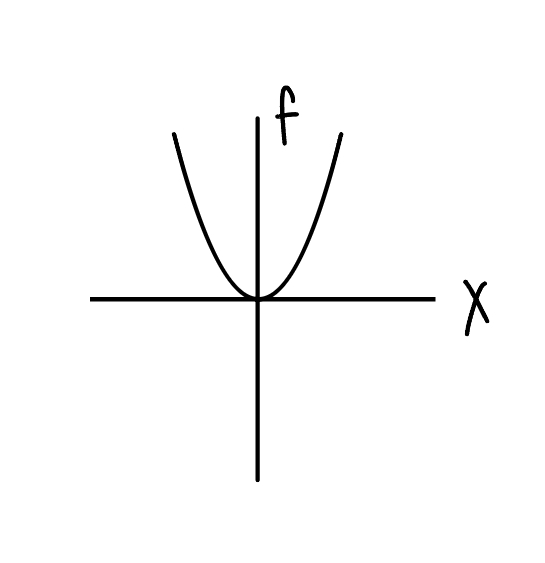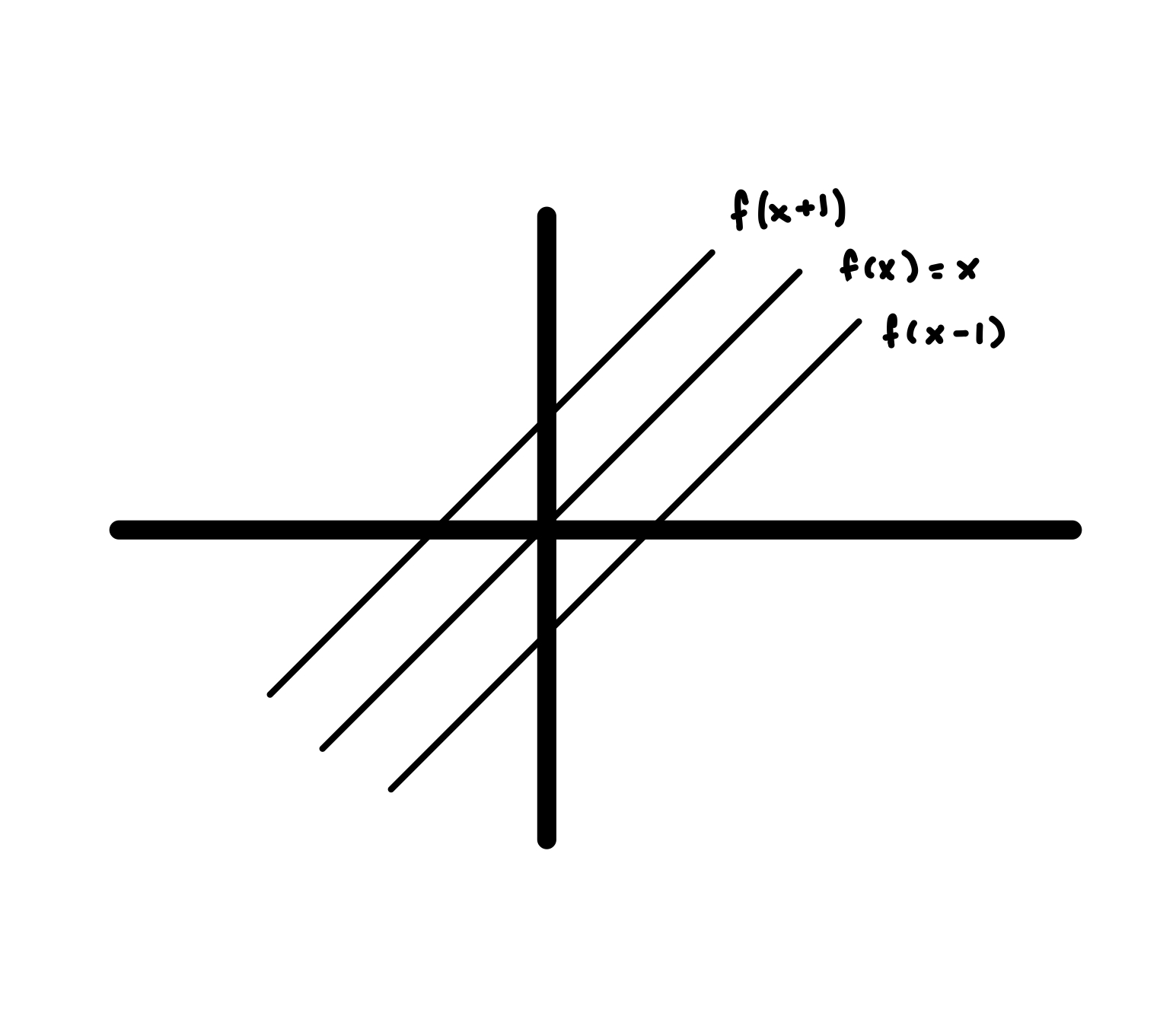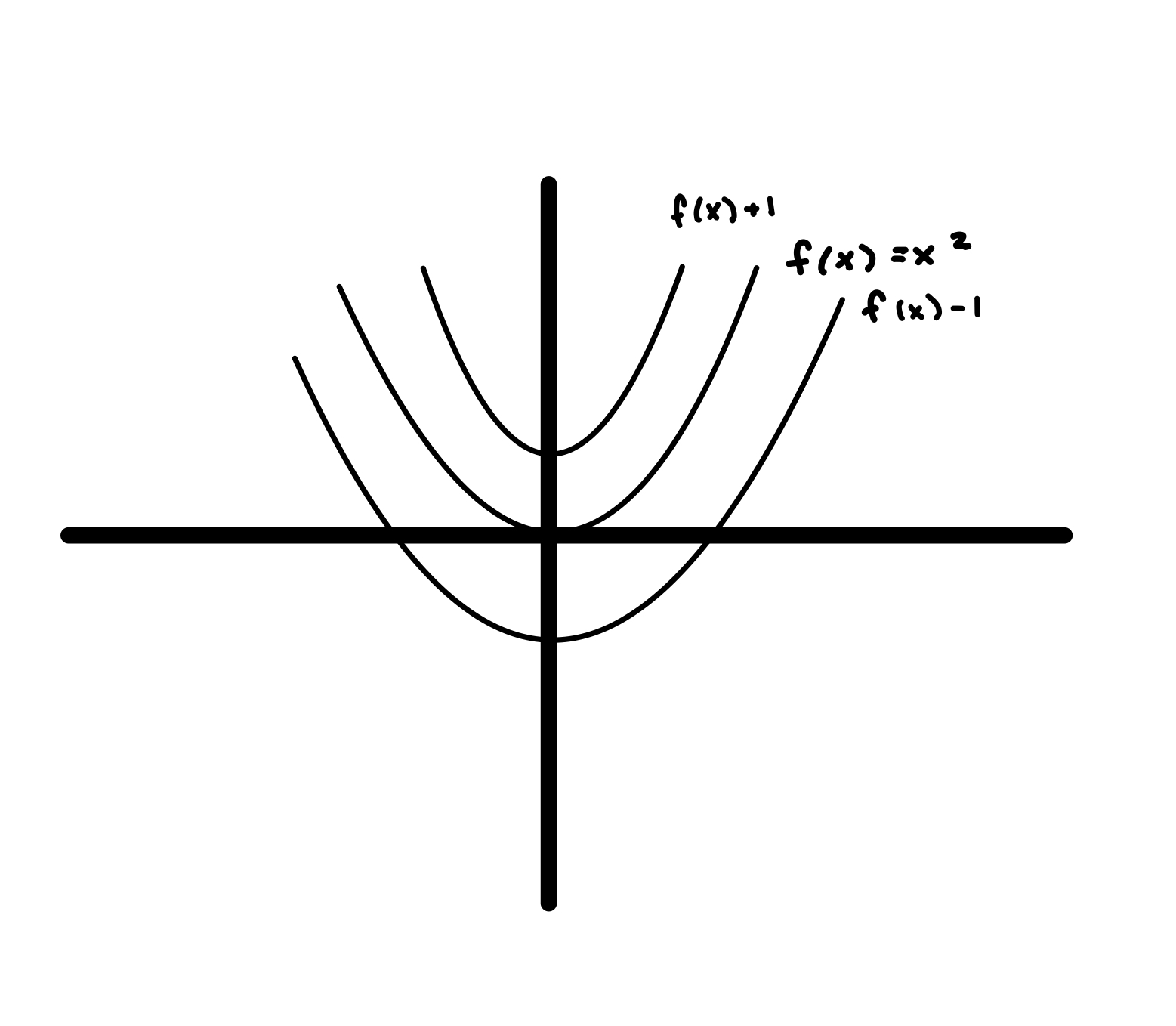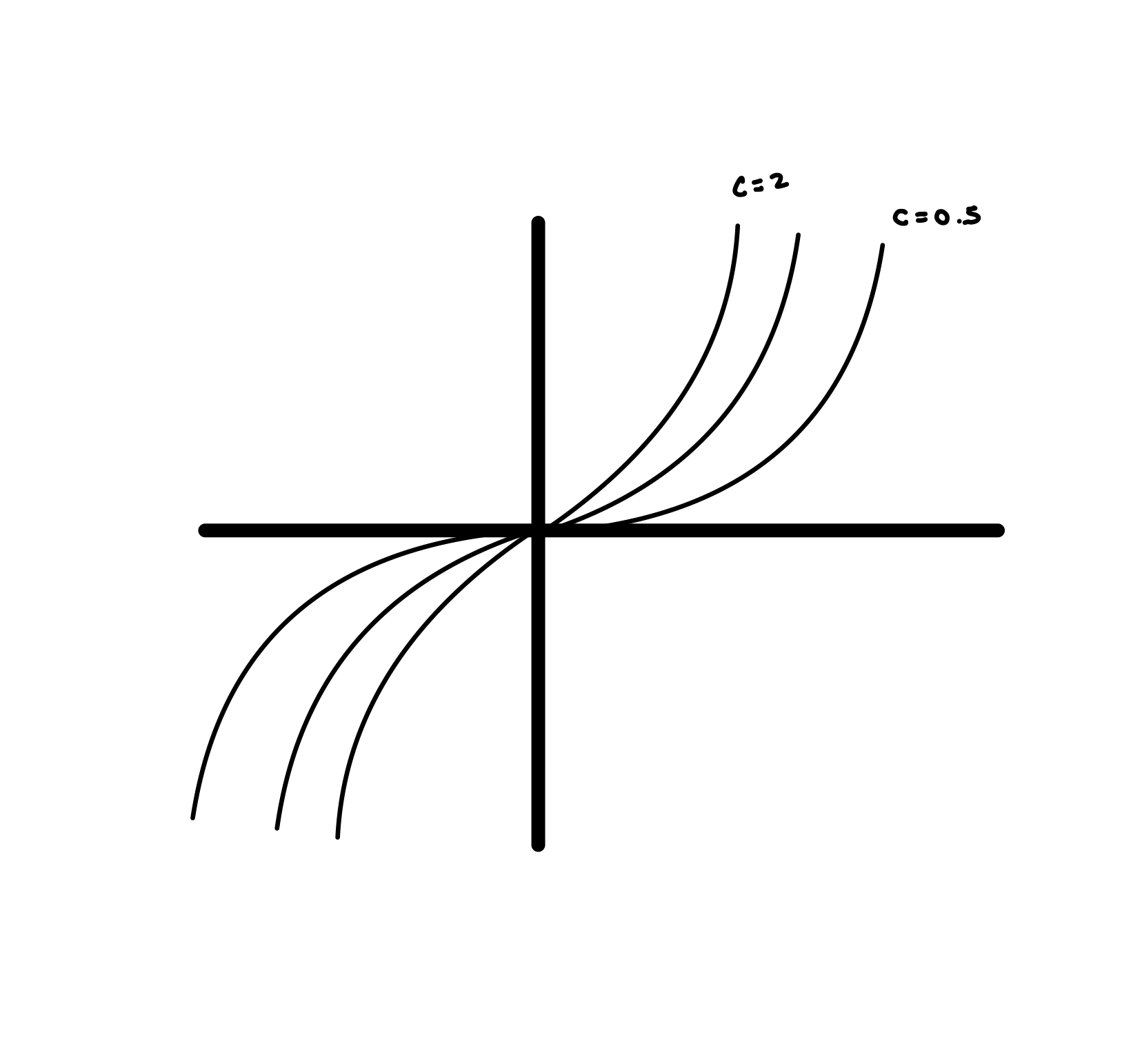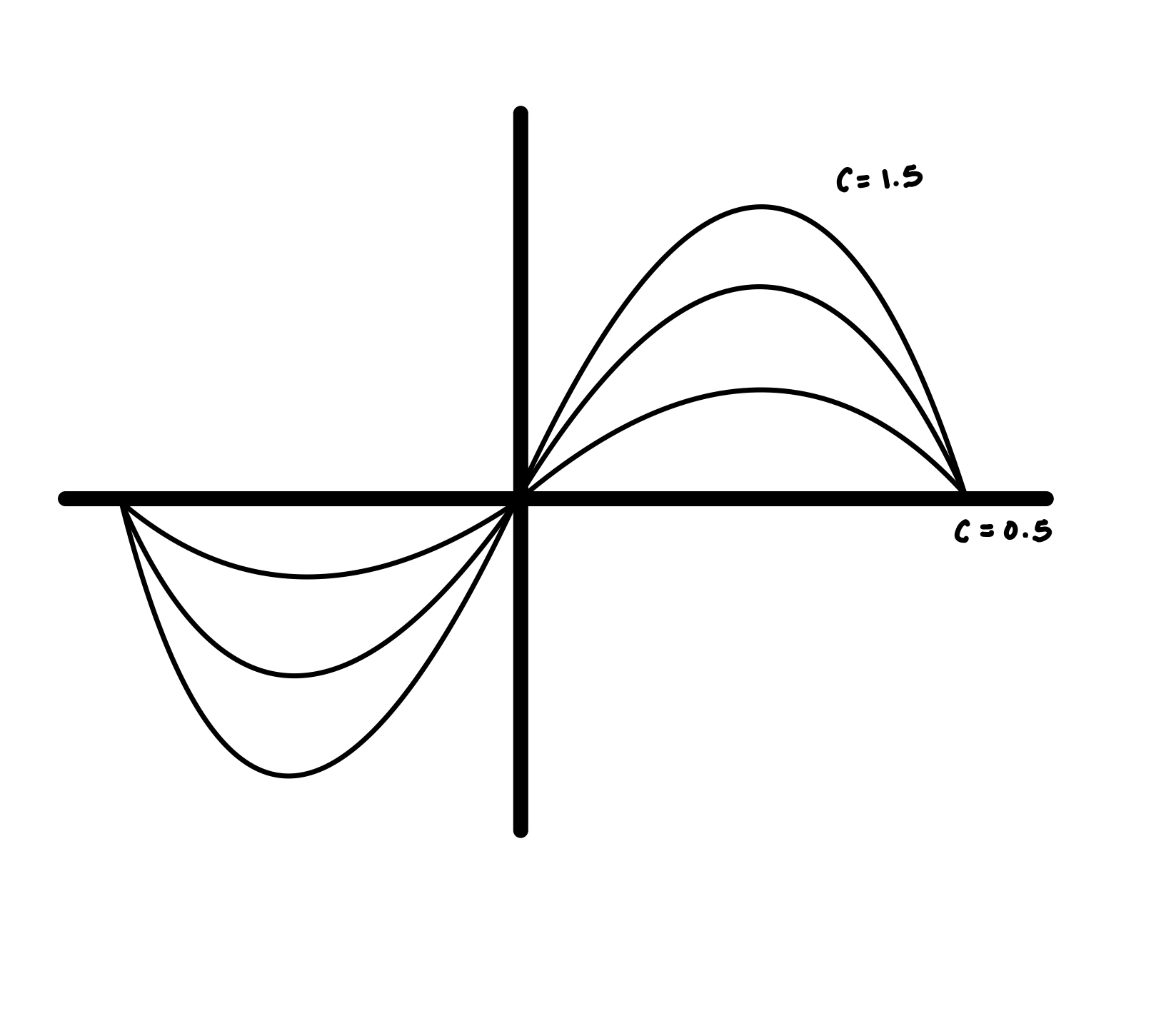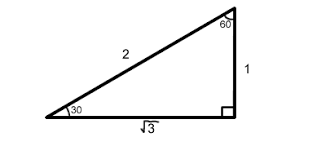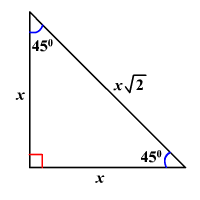1.1. Functions#
A function is a rule that assigns a unique value \(f(x)\) to an input \(x\).
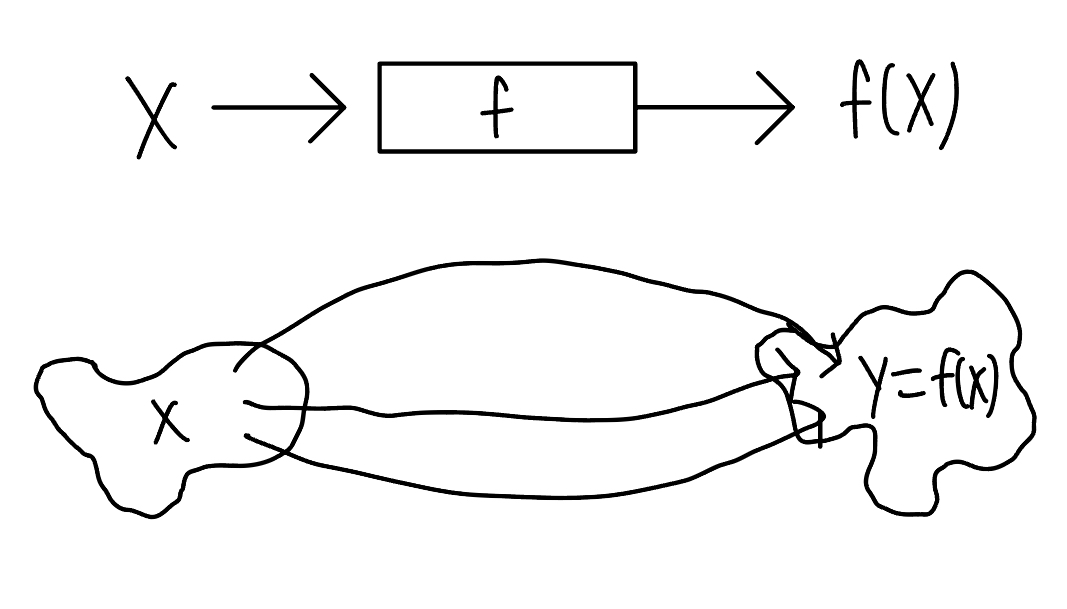
We call x the independent variable and \(y = f(x)\) the dependent variable. The domain of f is all possible values of x, while the range of f is all possible values of y.
A function can be represented by:
Not all curves are functions! f must uniquely map x. For example, the circle \(x^2 + y^2 = 4\), or equivalently, \(y = \pm\sqrt{4-x^2}\) is not a function because one value of x can map to multiple values of y. Graphically, this fails the “vertical line test”:
1.1.1. Common functions#
Linear functions (lines)
\[y = mx + b\]where m is the slope and b is the y-intercept.
Power functions (“power law”)
\[y = kx^a\]where k is the prefactor and a is the power.
Polynomials
\[y = a_n x^n + \ldots + a_1x + a_0\]where n is the degree and \(a_i\) is the coefficient of the i-th power of x. The polynomial is quadratic when \(n=2\), cubic when \(n=3\), and quartic when \(n=4\).
Exponential
\[y = a^x\]where a is the base (\(a > 0\), \(a \ne 1\)). A special case is \(a = e\), Euler’s number (2.718…).
Logarithmic
\[y = \log_a x\]where a is the base (\(a > 0\), \(a \neq 1\)). Two special cases are \(a = e\), which we call the natural logarithm \(\ln\), and \(a = 10\), which we call the common logarithm, \(\log_{10}\).
Trigonometric
\[\begin{split} \sin x \qquad \csc x\\ \cos x \qquad \sec x\\ \tan x \qquad \cot x \end{split}\]
1.1.2. Manipulating functions#
1.1.3. Trigonometric functions#
The given unit circle has a triangle drawn within which represents how trigonometric functions are related to lengths and heights of the sides of right triangles.
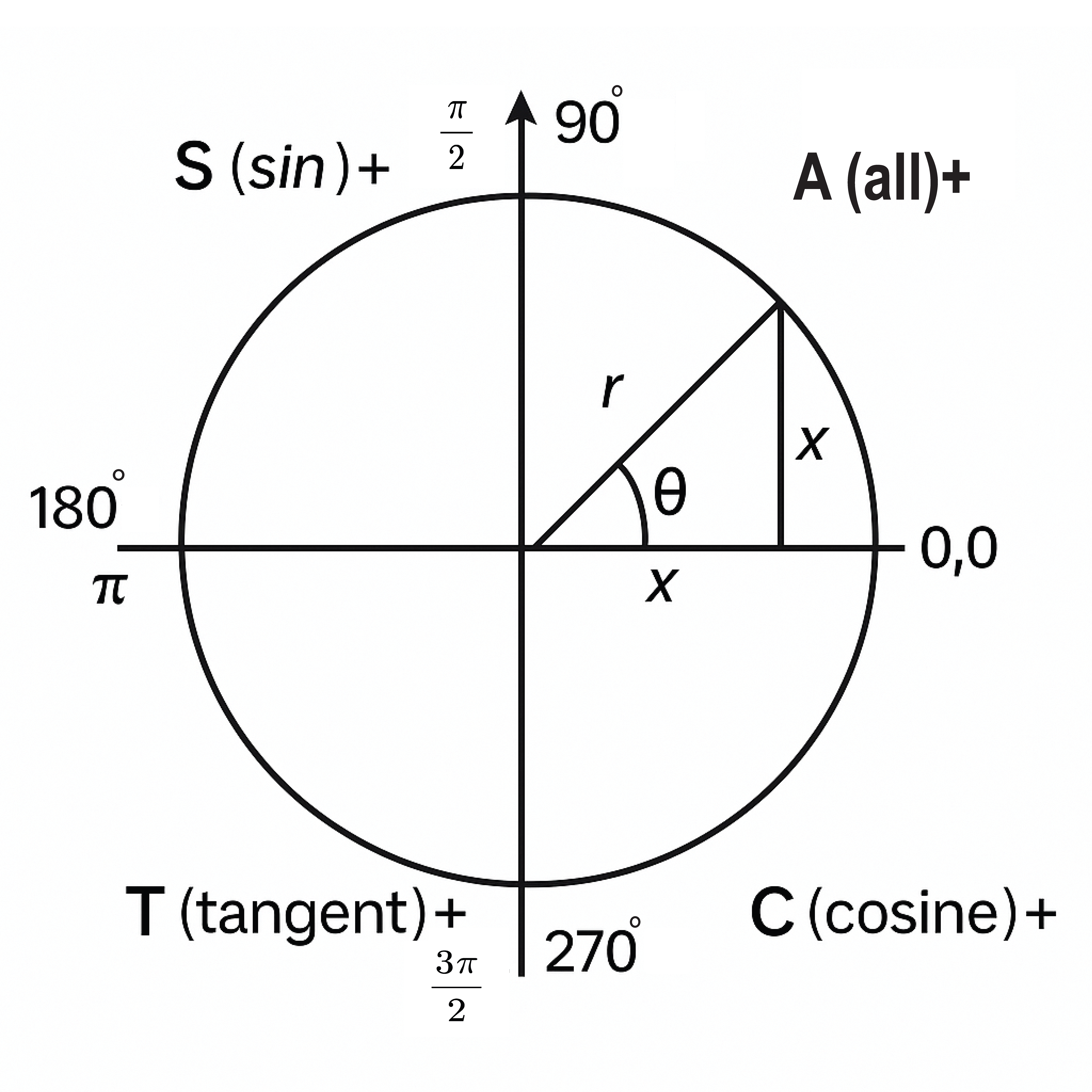
The circle has a radius and is centered at (0,0). A point on the circle is defined by angle \(\theta\) measured counterclockwise from the positive x-axis. Angles can be measured in degrees or radians:
The trigonometric functions describe how the coordinates of a point on the unit circle relate to the angle \(\theta\):
Each quadrant of the unit circle corresponds to a positive trigonometric function: All, Sine, Tangent, and Cosine.
Tip
A mnemonic to remember this order is “All Students Take Calculus”.
1.1.3.1. Special angles#
and so
\(\theta\) |
\(\sin \theta\) |
\(\cos \theta\) |
|
|---|---|---|---|
\(30^\circ\) |
\(\pi/6\) |
\(1/2\) |
\(\sqrt{3}/2\) |
\(45^\circ\) |
\(\pi/4\) |
\(1/\sqrt{2}\) |
\(1/\sqrt{2}\) |
\(60^\circ\) |
\(\pi/3\) |
\(\sqrt{3}/2\) |
\(1/2\) |
What about angles greater than \(90^\circ\)? Take the angle of \(\theta\) relative to the x-axis, then apply the sign based on which quadrant the angle falls in.
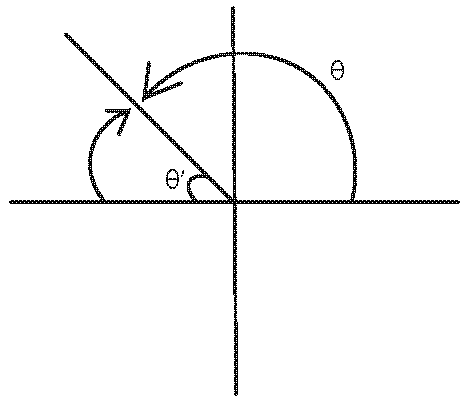
For example, if \(\theta = 135^\circ = 3\pi/4\), then the angle relative to the x-axis is \(\theta' = 45^\circ = \pi/4\). Hence,
1.1.3.2. Physical meaning#
In addition to their geometric significance, trigonometric functions typically represent physical waves.
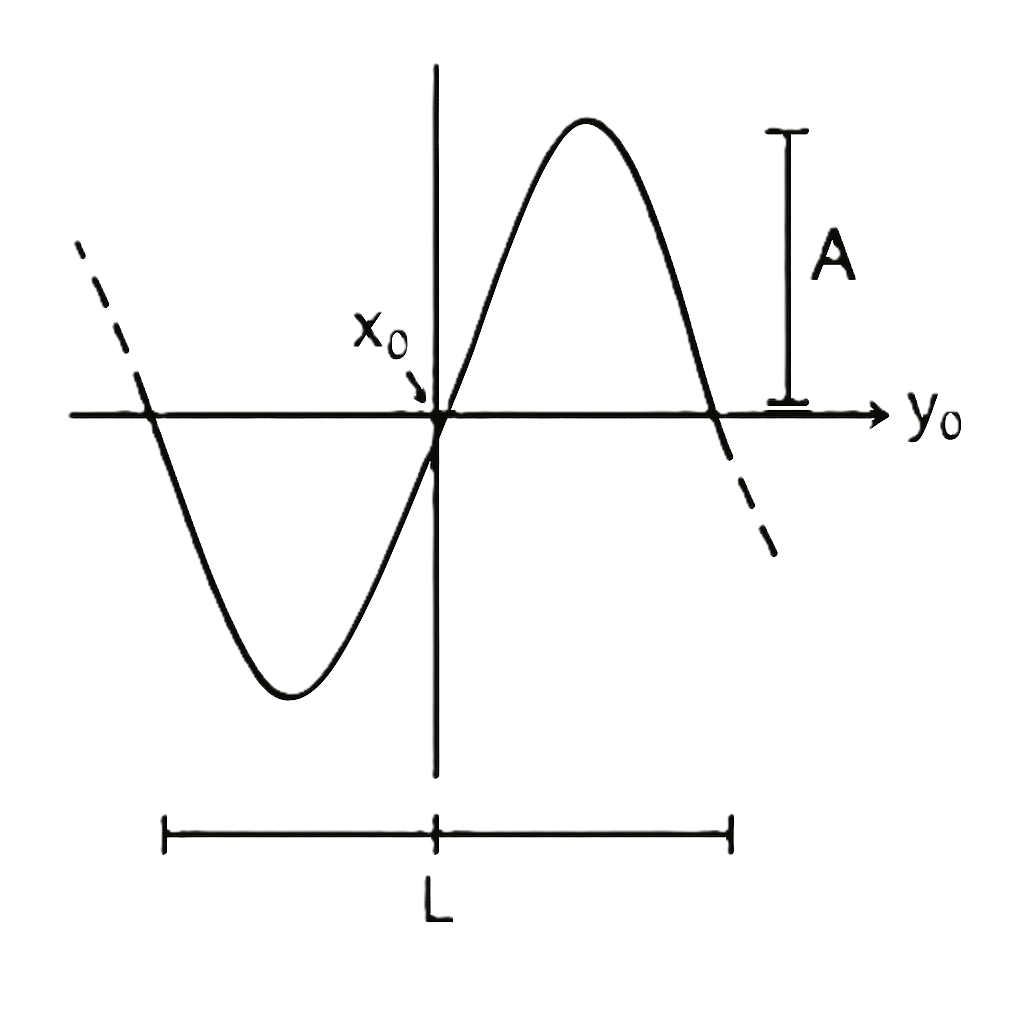
The properties of the wave can be encoded by manipulating the function.
where A is the amplitude of the wave, L is the period of the wave, \(x_0\) is a horizontal (phase) shift, and \(y_0\) is a vertical shift.
